Disclosure: Meeple Mountain received a free copy of this product in exchange for an honest, unbiased review. This review is not intended to be an endorsement.
Wilderness In A Box
What In The Wild is a card game designed by Karen Cleveland and published by the Michigan Department of Natural Resources. It contains 120 cards that are a mixture of Species, Food (sunlight), Water, Space, and Shelter. It comes with instructions for 5 different games using the cards but they all have the same theme of matching Species Cards with different resource types. The instructions for each game begin with special directions as to why you are playing the game: you may be assisting a biologists, or be a member of a nature club, or you’ve been placed in charge of your very own wildlife area. Whatever the case, it is very important that you succeed at your task.
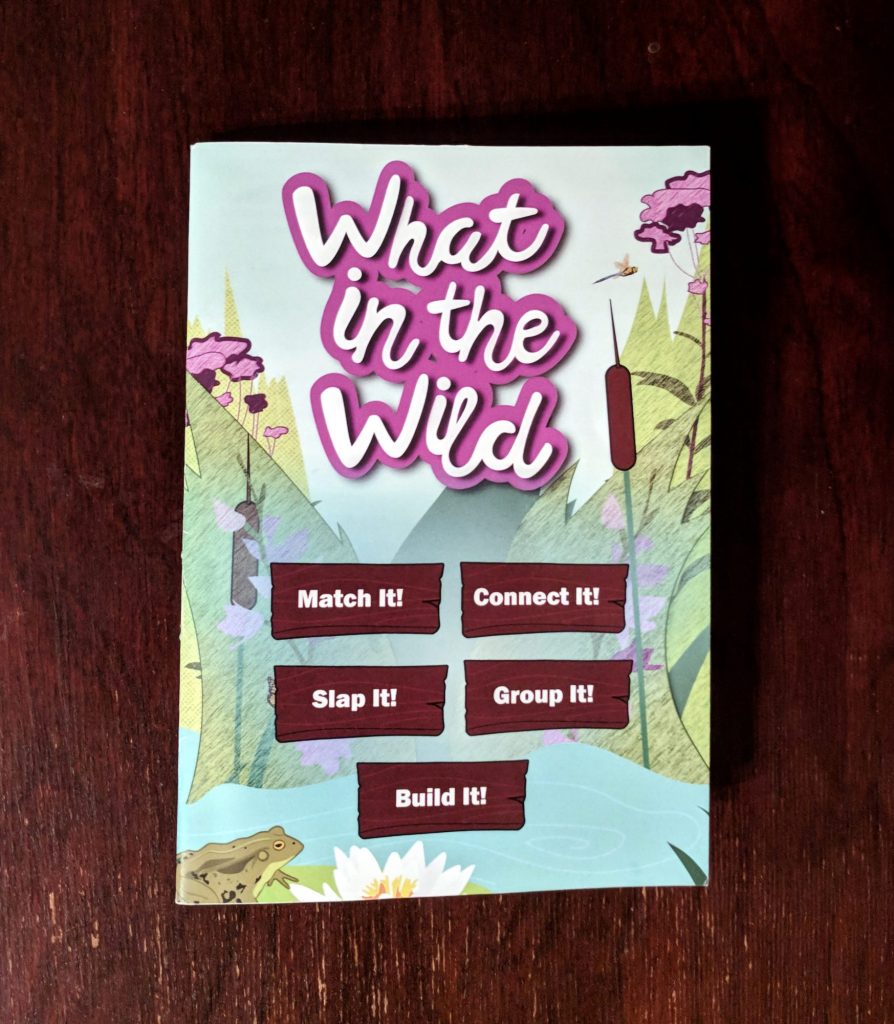

What In The Wild is filled with colorful, real life photos that draw the eye. The symbols are easy to understand and match, which is the heart of this game. Each unique ruleset is based on these Species and Resources matching to create all sorts of combos. The instructions start with a simple game where you match 2 cards and build up to a game where you’re building habitats that require matching 4 different cards to meet the resource needs of 1 species. There are even rule variations in a few of the games to make them more challenging or easier. The instructions for each game are only a few steps long, up to 3 pages in a small booklet, with easy to understand graphics so the games are simple to learn and teach. Once you’ve mastered the matching mechanic, which you learn quickly in Match It!, then it’s easy to see how the other games just expand on it.
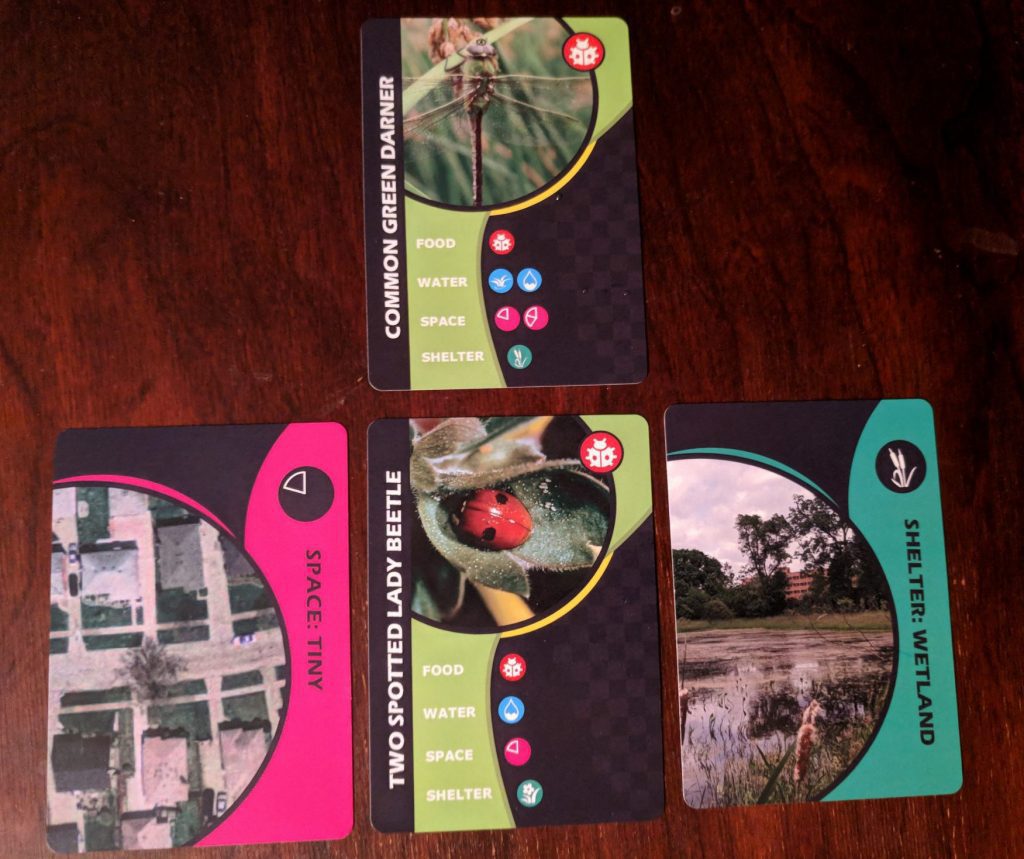
Getting Wild!
Match It! was first game we played. To start the game you make a 6×6 grid with face-down cards and on your turn, you flip two cards. If the cards match in the right way, you get to keep the pair and go again. If they don’t match, turn them back face down. Matching means they are the same resource card, ‘Water: Dew’ and ‘Water: Dew’ (as opposed to ‘Water: River’), or one card can meet the need of the other. For instance, if you flip the ‘Feathered Minnow’ Species Card and the ‘Space: Tiny’ Resource Card, then the space is a resource match for the species, per the symbols on the Species Card. The winner is the player with the most pairs after 5 rounds.
This is a very simple game and a style that many children are familiar with but the added resource matching makes you pay much more attention to the needs of a Species Card if one is flipped. This also allows you to get familiar with the symbols, colors, and ways cards match. This is important because it is the basis for the other 4 games found in the instruction booklet.
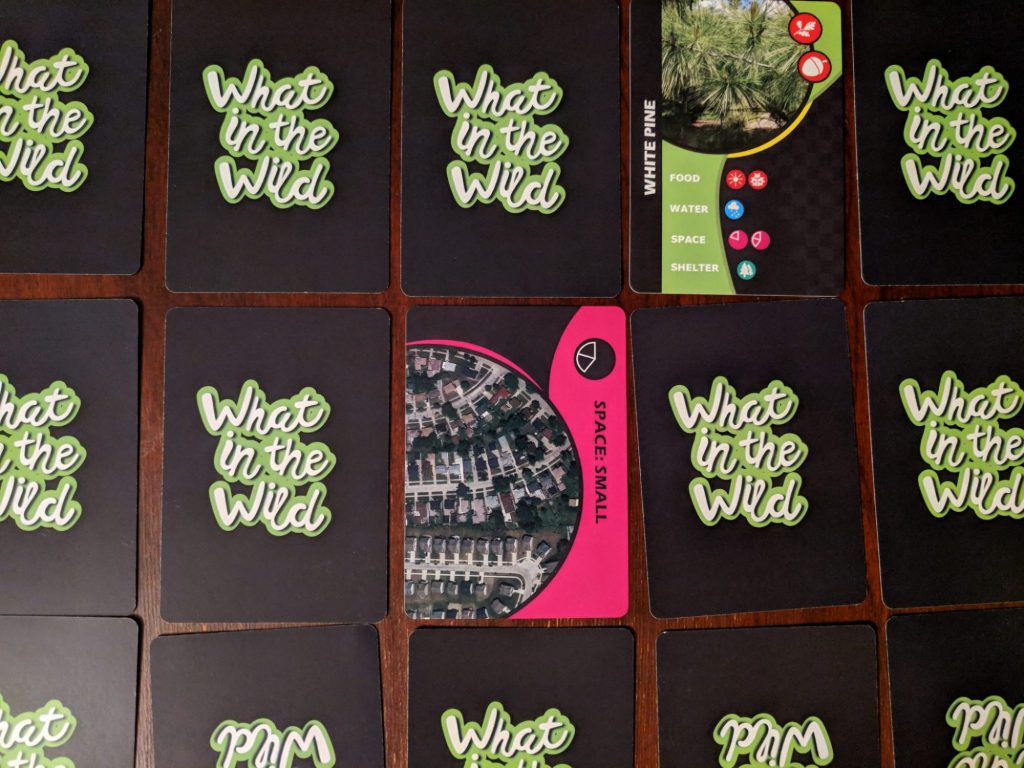
Match It! was an easy way to get Clara, my 6 year old, invested in the game. It was a ruleset she’d played before and we weren’t really playing against each other. The game says to play 5 rounds but we played much longer because she was having too much fun. She was able to make many different combinations and it excited her each time, whether they were duplicates or she was matching resource needs (those were her favorite, she liked to take care of her Species). The fact that she could memorize where some cards were allowed her to give me hints on my turn so it was played more as a team approach. Even Olivia, my 4 year old, played for a few minutes (what attention span?).
Because Clara understood how cards matched after playing the first game we were able to move on to a slightly more advanced game called Connect It! where you create a grid using cards from your hand by matching resource needs. Again, the same matching rules apply but with a more strategic approach and multiple choices because you play from cards in your hand. This one she really enjoyed because it encouraged conversations about why some animals eat others and why different species require different resources. She was often mesmerized by the awesome animals she was seeing on the cards; some cute, some scary, and some gross!
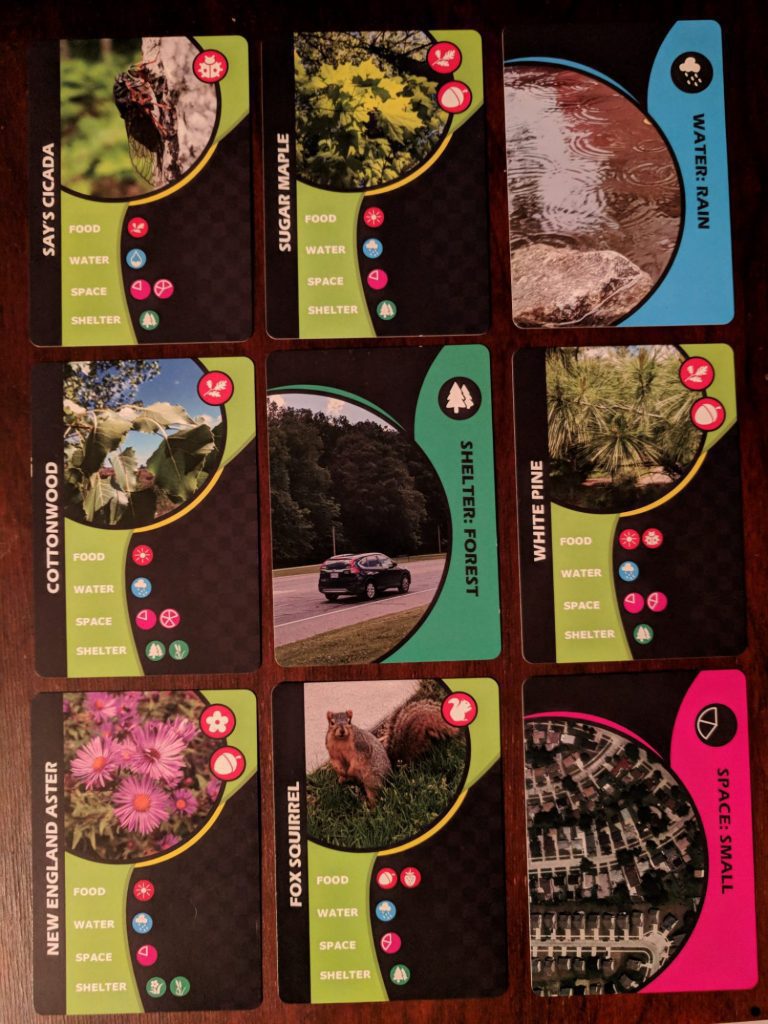
The Takeaway

We played several games and thoroughly enjoyed each one. The variety of games distracts from the same matching mechanic that is used. It’s easy for it to become second nature making gameplay move quicker. What in the Wild could easily become a family go-to because it plays quickly, which allows different people the opportunity to win, is easy to play some games as a team (especially if you have very young players), and travels well in a small box. It was originally created to go along with the Michigan Department of Natural Resource’s school curriculum and, while I don’t know the curriculum nor am I in Michigan, I think it’s a great addition to any school, library, or home.
All proceeds go to providing more copies to teachers!



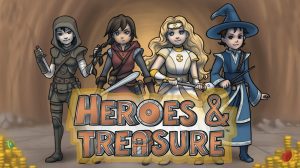

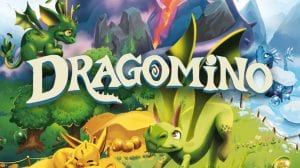
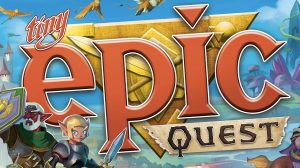




That looks adorable and an easy way to sneak some science into our school day! I think it’s going on my list!